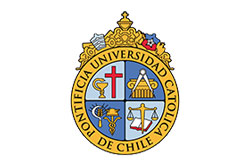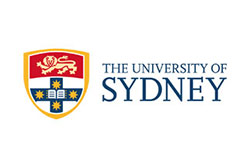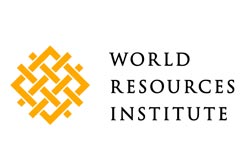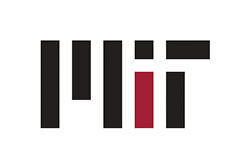Source: ITDP (July 15th, 2015)

Today, the city of Yichang, in China’s central Hubei province and the site of the Three Gorges Dam, opened a major transportation and urban development project largely funded by an Asian Development Bank loan. The Yichang bus rapid transit corridor, initially on Dongshan Avenue in the city center, will serve half a million daily passenger trips, providing citywide high quality transit service through ‘direct service’ BRT routes which operate both inside and outside the BRT corridor. The corridor will revolutionize transit in this influential mid-sized city, improving mobility for residents and setting an example for cities across China and the region.
Yichang, with a metropolitan area population of over 4 million residents, is looked to as a leader in infrastructure development, due in large part to the massive Three Gorges Dam just outside the city center. The Yichang BRT will demonstrate to small and mid-sized cities throughout the region the benefits and efficiency of high quality bus rapid transit anchoring strong transit-oriented development. The system will provide relief from traffic congestion, faster travel times for residents, and increased protection for cyclists and pedestrians.

Yichang Inside StationThe BRT corridor runs 23 kilometers north to south through the city center with 37 stations, and is projected to cut travel times across the city by one-third. On 15 July 2015 the main city center portion of the corridor opened, with 13 BRT routes covering 13km and 22 stations. In September a further 7km and 11 stations will open along Yiling Avenue in the north of the city, and in early 2016 the final 3km and 4 stations of the full Phase 1 BRT will open. The corridor has all of the features of gold standard BRT and was planned and designed by ITDP China in partnership with the Guangzhou Municipal Engineering Design and Research Institute (GMEDRI), and guided, financed and supported by the Asian Development Bank (ADB).
The BRT corridor also features urban design and TOD features including improved conditions for cyclists and pedestrians, parking management improvements, landscaping and urban design features especially in station areas, and a planned bike-sharing system supported by a network of greenways. With the Guangzhou BRT still the only Asian ‘gold standard’ BRT providing a model for megacities throughout Asia, Yichang will be the second gold standard system on the continent.
“Following Curitiba in 1972, Bogota in 2000 and Guangzhou in 2010, Yichang may provide a landmark model for sustainable transport development that is sorely needed in China and throughout Asia,” Says Karl Fjellstrom, ITDP Regional Director for East and Southeast Asia. “This project, along with those on the horizon in Vientiane, Kuala Lumpur and Manila may provide the basis for an Asian sustainable transport renaissance.”

The Yichang BRT system uses 18m and 12m buses with doors on both sides, allowing platform level boarding within the corridor, and traditional boarding where routes extend outside the dedicated infrastructure.
Source: ITDP
The corridor opens to service just three years after ITDP won an ADB bid to provide the preliminary design and started work in June 2012. It includes a highly innovative ‘directional’ station design first used in Lanzhou, China, which provides the same capacity with half the station length compared to a more traditional ‘offset’ design.
Yichang features a direct service model, which speeds up trips and reduces overall bus fleet requirements by eliminating interchange stations and minimizing transfers. Direct service operations, which are a feature of the very successful Guangzhou BRT, are now increasingly a defining feature of BRT in Asia.
While Guangzhou shows the way forward for the largest cities, Yichang is directly applicable to the hundreds of medium-sized cities around Asia.












